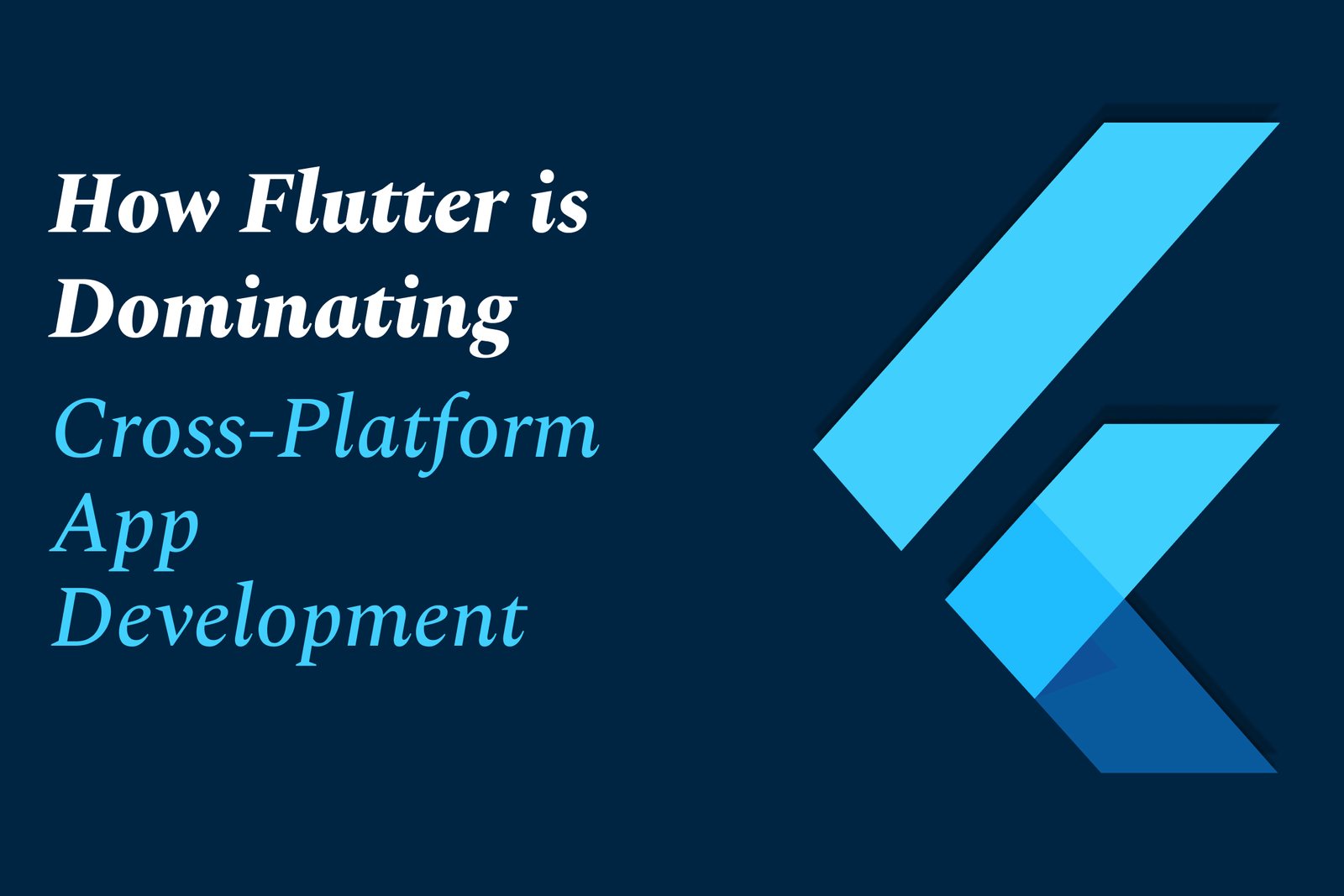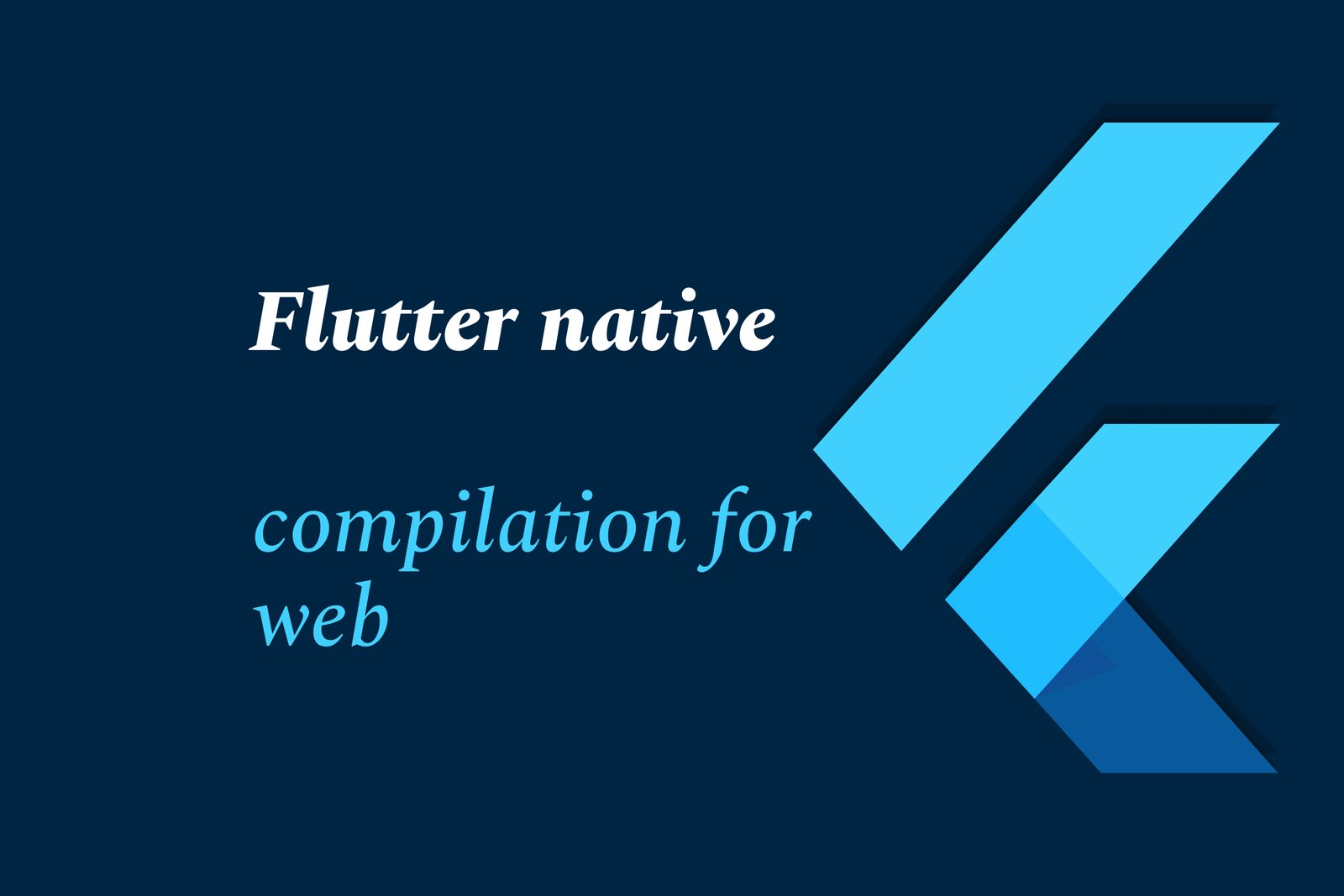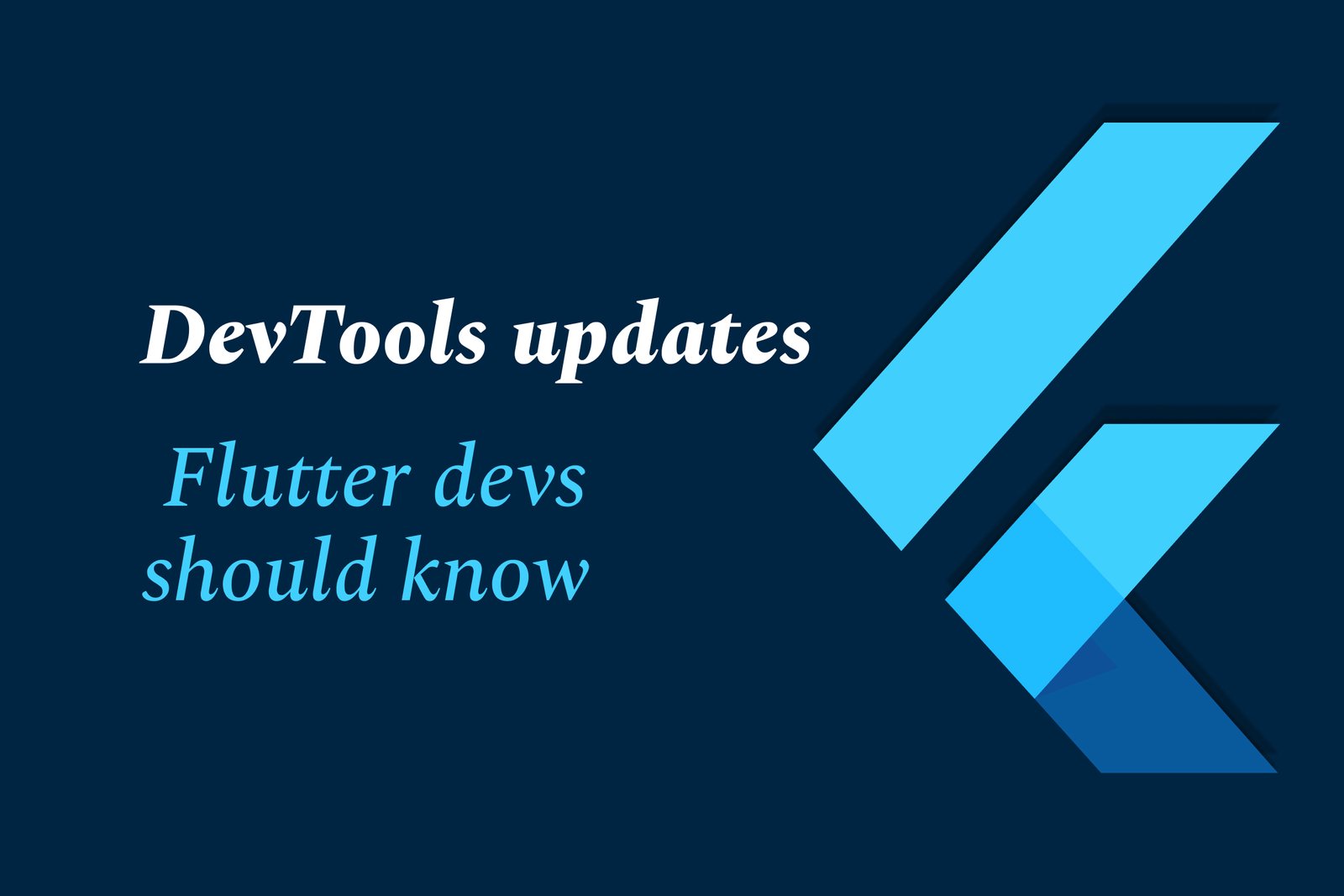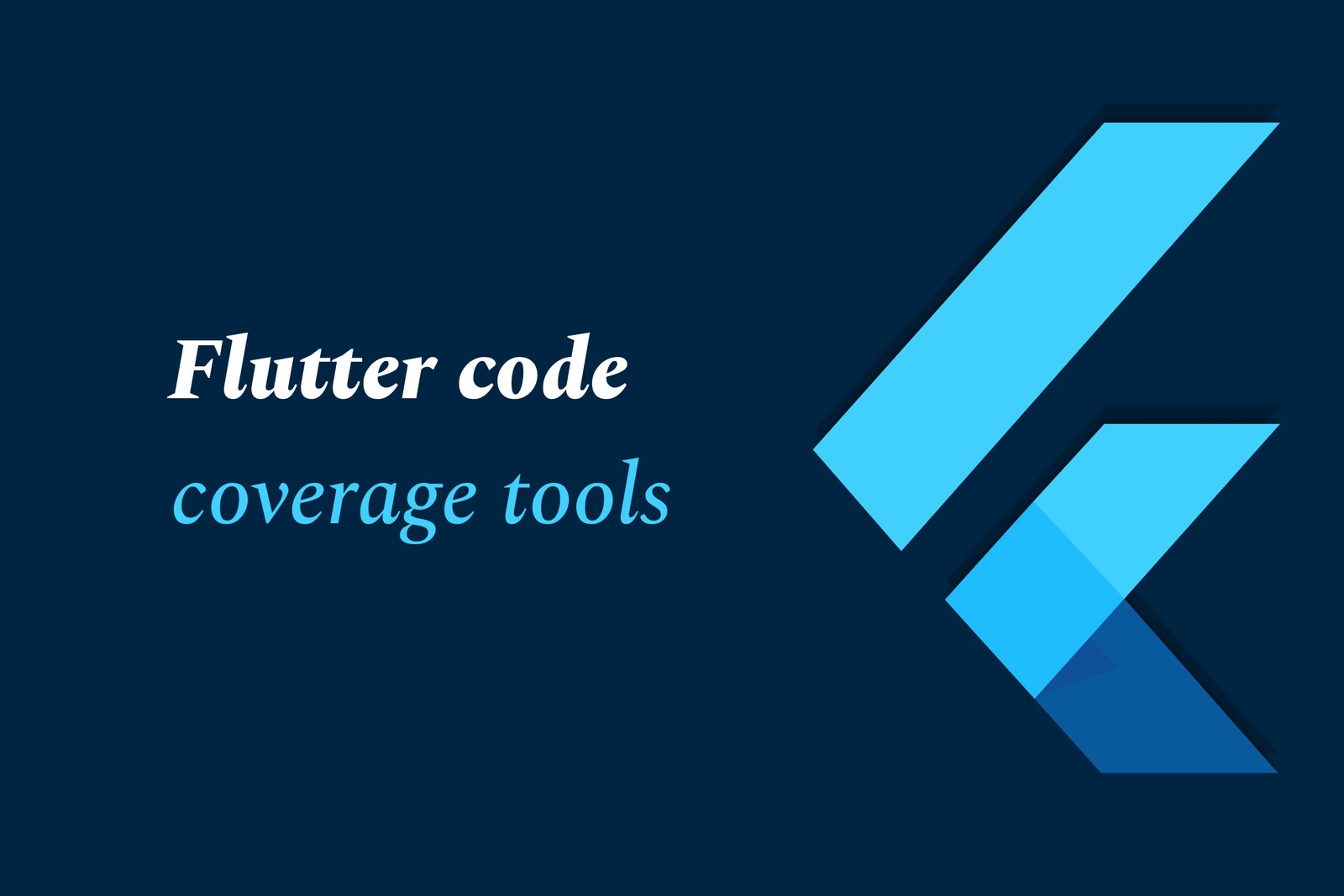How Flutter Is Dominating Cross-Platform App Development
Flutter is dominating cross-platform app development by enabling developers to build high-performance, visually consistent apps from a single codebase. Its unique rendering engine, extensive widgets, and fast development cycle deliver seamless experiences across mobile, web, and desktop platforms.
How Flutter is Dominating Cross Platform App Development
1 ) The Rise of Cross Platform Development in 2025
Cross platform development has evolved from a cost saving tactic to a strategic business imperative. Companies demand faster time to market, consistent user experiences across devices, and scalable architectures. Cross platform frameworks enable building and maintaining digital experiences without managing separate codebases for iOS and Android, offering greater efficiency and consistency.
2 ) Flutter’s Unique Rendering Engine: A Key Competitive Advantage
Flutter differentiates itself with its powerful, unique rendering engine powered by Skia, which draws directly onto a canvas. Unlike other frameworks relying on native platform widgets, Flutter renders its own UI across platforms, ensuring pixel perfect design consistency. This engine allows Flutter to maintain the same UI and business logic throughout apps, significantly reducing development complexity and enhancing performance.
3 ) Significant Reduction in Development Time
Flutter provides a massive library of highly customizable and ready to use widgets, including Material and Cupertino sets that mimic native design languages authentically. This extensive widget collection, combined with Flutter’s single codebase approach, drastically cuts development time—often requiring up to 50% fewer person hours compared to developing separate native apps. Developers benefit from a faster, smoother, and less error prone process.
4 ) Expansion Beyond Mobile: Desktop and Embedded Platform Support
Flutter’s support now extends beyond mobile devices to desktops and embedded systems like POS and kiosk applications. This broad platform reach enables companies to standardize user experience and reduce code divergence on multiple device types, saving significant resources and development time.
5 ) Flutter vs. React Native: Market and Technical Insights
Flutter, backed by Google and powered by Dart, boasts high performance, expressive UIs, and strong ecosystem growth with over 500,000 apps published on Google Play Store. While React Native remains popular, Flutter’s use of its own rendering engine and widget system offers more consistent UI and performance advantages, making it particularly attractive for enterprises aiming for long term scalability and unified user experience.
6 ) Strategic Scalability and Future Ready Foundations
Beyond speed and cost efficiency, Flutter provides businesses with a platform agnostic foundation, enabling faster iteration cycles, seamless integration of backend and frontend workflows, and support for emerging technologies such as AI powered features. This positions Flutter as a future proof choice for companies looking to innovate continuously.
7 ) Conclusion: Flutter as the Cross Platform Development Leader
Flutter’s combination of a powerful rendering engine, extensive widget library, cross device platform support, and significant time saving capabilities positions it as the dominant framework in cross platform app development by 2025. Businesses seeking consistent, scalable, and high performance digital experiences are increasingly turning to Flutter to meet their strategic mobile and multi platform needs.
https://justacademy.in/news-detail/flutter-ai-chatbot-integration-guide
https://justacademy.in/news-detail/flutter-lts-release:-what-it-means
https://justacademy.in/news-detail/new-features-in-flutter-4.0-stable
https://justacademy.in/news-detail/flutter-now-supports-desktop-and-embedded-devices
https://justacademy.in/news-detail/why-flutter-developers-are-in-high-demand-in-india
Related Posts
Top Flutter animation packages like SpinKit, Animations, and Flutter Animate simplify adding smooth, engaging animations to apps. They offer ready-made loaders, material transitions, and versatile effects, enhancing user experience with minimal code and improved UI appeal.
Flutter AI packages are rapidly gaining traction by enabling developers to easily integrate powerful AI features like machine learning and natural language processing into cross-platform apps, boosting innovation and efficiency within the growing Flutter ecosystem.
Flutter enables cross-platform desktop app development with a single codebase, offering fast UI design, native performance, and strong community support. However, it faces challenges like larger app sizes, limited desktop-specific features, and a less mature ecosystem compared to native tools.
Flutter AI combines Flutter’s cross-platform app development with AI technologies to create smart, efficient fintech and healthcare apps—enabling fraud detection, personalized finance tips, medical imaging, virtual health assistants, and automation for improved user experience and operational efficiency.
Flutter's Linux desktop support has steadily advanced, improving performance, native theming, and integration with Linux desktop environments. Collaboration with Canonical and the community is driving better window decorations, menu support, and release-ready app builds for seamless Linux app development.
Flutter is a versatile UI toolkit by Google enabling cross-platform app development, increasingly used for Smart TVs and IoT devices. It allows building native-like interfaces for diverse platforms, streamlining development despite challenges like remote navigation and platform-specific integration.
Flutter native compilation for web transforms Flutter code into efficient JavaScript and WebAssembly, enabling fast, high-performance web apps with smooth UI rendering. This approach delivers near-native speed and consistency across browsers using a single codebase.
Flutter DevTools has been updated with enhanced performance profiling, an improved widget inspector, network monitoring, Material You theming support, faster hot reload/restart, and better accessibility tools—helping developers debug and optimize Flutter apps more efficiently.
Flutter code coverage tools measure the percentage of code executed during testing, helping developers identify untested parts. Using commands like `flutter test --coverage` and tools like LCOV and VSCode extensions, they visualize coverage to improve code quality and reliability.
In 2025, Dart Pub remains a vital hub for discovering and managing Dart packages, driven by Flutter’s growth. Trends focus on enhanced cross-platform tools, improved performance, richer libraries, and rising use in innovative apps like AR, making Dart Pub essential for versatile, modern development.










